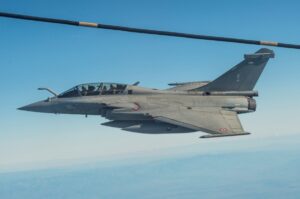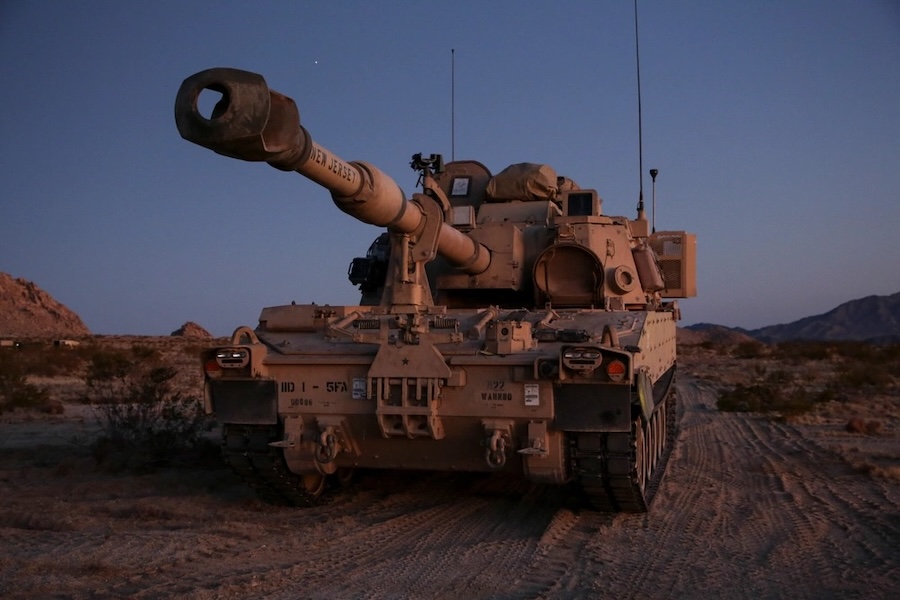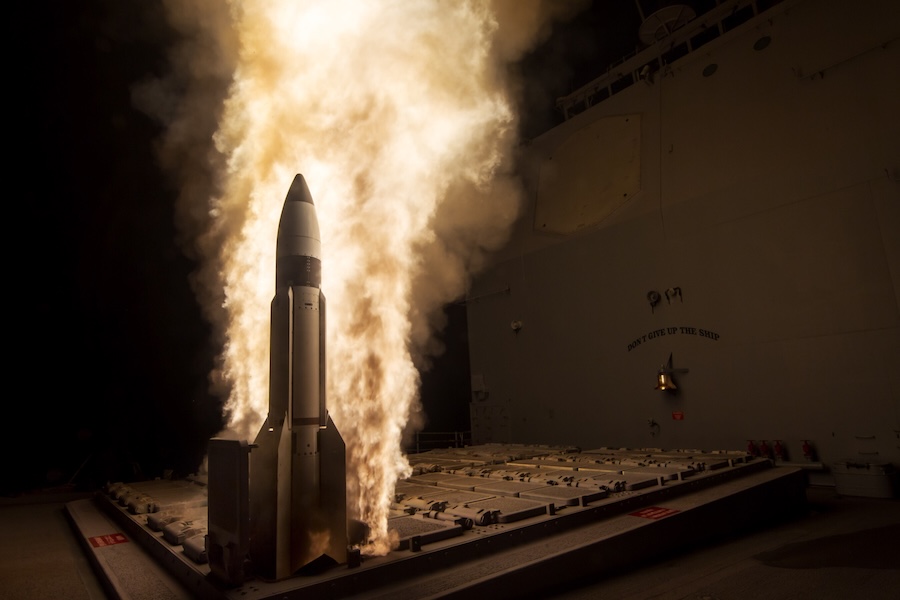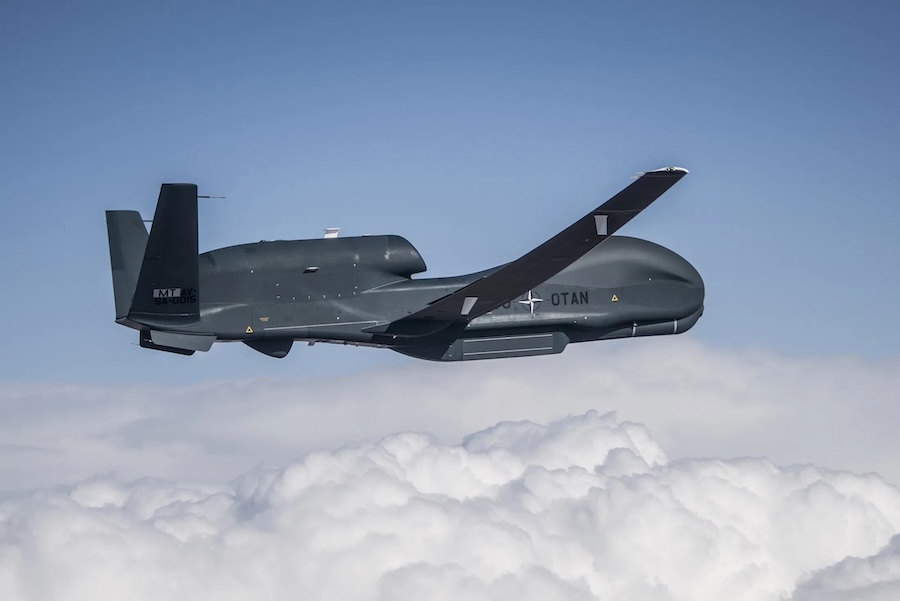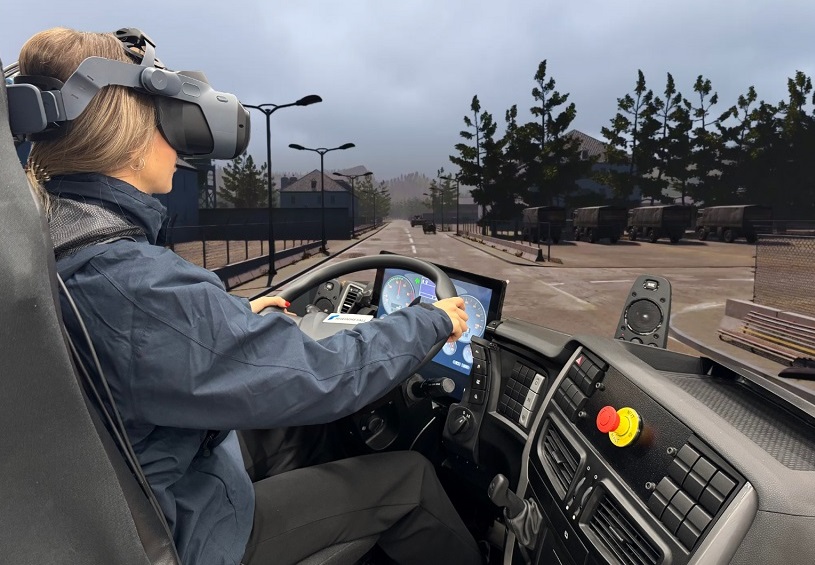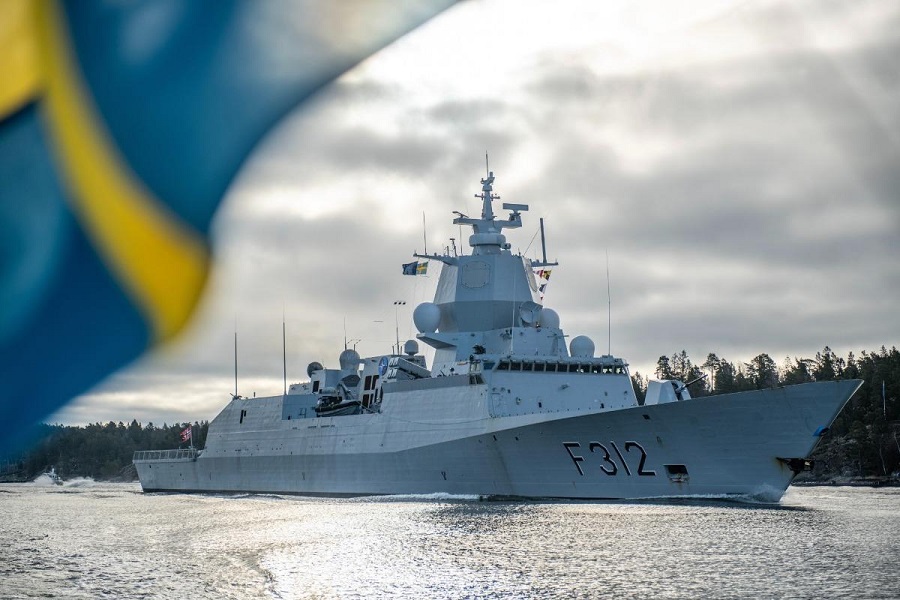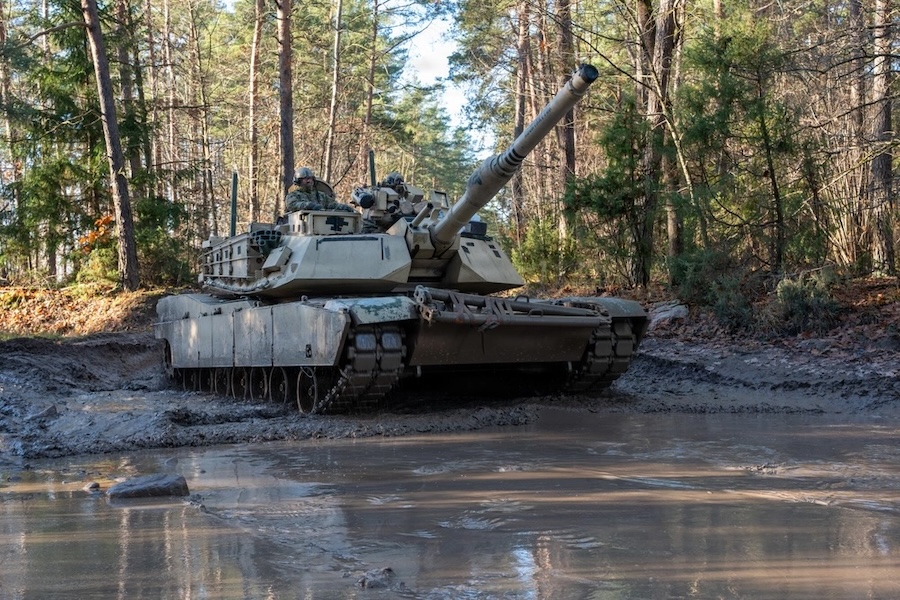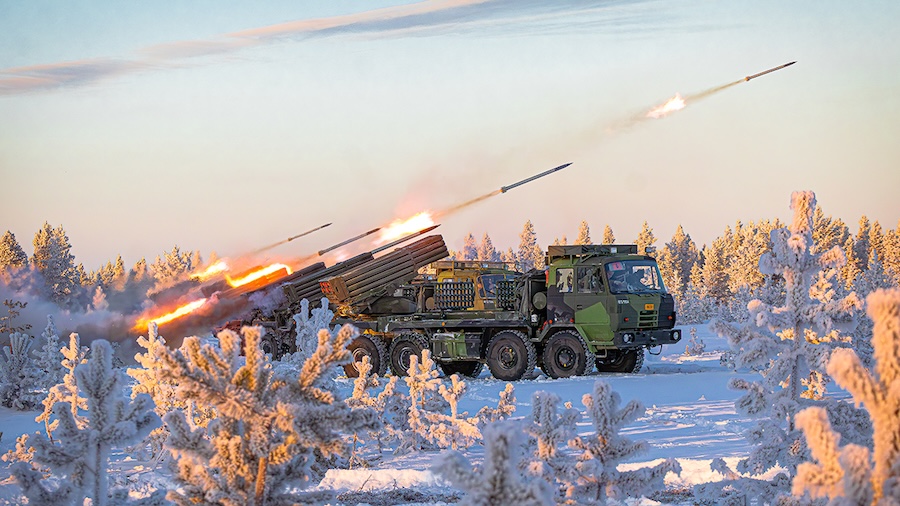Despite the incident, the carrier remains fully mission-capable, having continued flight operations before entering port. The Forward Deployed Regional Maintenance Center (FDRMC) will oversee damage assessment and repairs, ensuring the ship can resume deployment as scheduled.
The damage assessment includes a full survey of impacted areas, carried out by structural engineers, naval architects, and personnel from FDRMC and Norfolk Naval Shipyard (NNSY). Repairs will be conducted alongside ship’s force personnel and local industry partners, leveraging expertise and resources to expedite the process.
Vice Admiral J.T. Anderson, commander of U.S. Sixth Fleet, highlighted the Navy’s ability to mobilise resources globally, ensuring ships remain operational despite unexpected challenges. He emphasised that forward-deployed maintenance is essential for sustaining the warfighting capability of the world’s most powerful Navy.
Rear Admiral Sean Bailey, commander of the Harry S. Truman Carrier Strike Group (HSTCSG), reaffirmed that the carrier strike group remains operational across multiple regions. He stated that the mission continues uninterrupted, reinforcing the U.S. Navy’s commitment to global security and rapid response operations.
The Harry S. Truman Carrier Strike Group consists of the USS Harry S. Truman, Carrier Air Wing (CVW) 1 with eight embarked aviation squadrons, and additional supporting units. It is accompanied by the Ticonderoga-class guided-missile cruiser USS Gettysburg (CG 64) and three Arleigh Burke-class guided-missile destroyers, ensuring continued regional presence and operational readiness.








